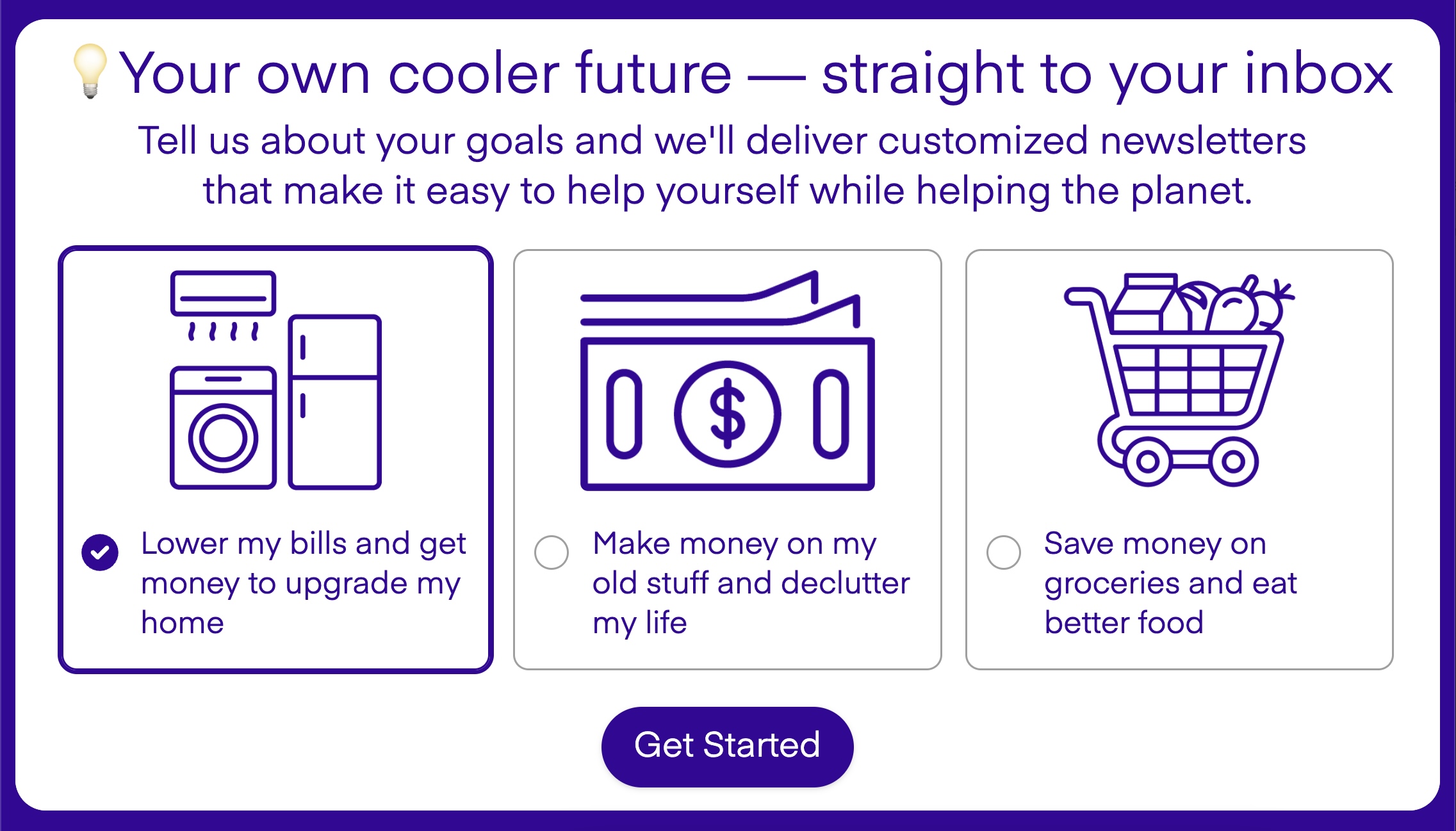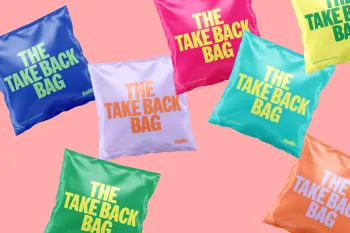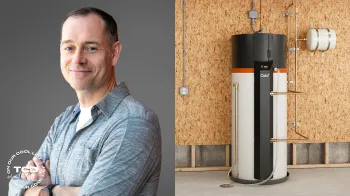When you think of shock collars and virtual fences, your mind probably wanders to a barking dog that dutifully stays on your neighbor's lawn. Now, a team at Oklahoma State University is showing how this technology can be used in a manner with grazing cows that is good for the livestock, local habitat, and ranchers.
In a press release, the team shared the results of a study revealing their advantage over physical fences. While physical barriers can do the job of securing livestock, their abrupt nature means that native grassland vegetation is altered by their location. That can be detrimental to nearby wildlife like birds and pollinators. Meanwhile, GPS-based fences are capable of creating a more gradual area for cows to tail off their grazing.
The fences' location can be easily moved, while two systems work to discourage cows from wandering past virtual barriers. At first, they receive an auditory warning. If they ignore that, they receive an electrical stimulus. While previous studies examined virtual fences' ability to keep cows out of protected natural areas, the Oklahoma State team studied the possible positive effects on vegetation and grasslands.
|
Would you support a tax increase to pay for high-speed rail in your state? Click your choice to see results and speak your mind. |
The researchers put three 1,000-meter physically fenced areas against three identically-sized areas with virtual fences to see how the cows' behaviors differed. They studied the cows as they grazed in the spring and summer seasons, using drone imagery to project the heights and characteristics of vegetation.
The study found that the virtual fences resulted in an area of over 50 feet where the native grassland slowly transitioned to fully grazed grass. There was also a greater variety of vegetation heights in that area when compared to the physically fenced rangelands. The researchers asserted that "this transitional zone could help increase native habitat for pollinators and birds."
When it comes to many key vegetables and produce, pollinators play a key role in crop health. Additionally, the virtual fences' contribution to creating a more gradual transition for the native grasslands is a positive for the local ecosystem. Another way farmers have created a win-win for the environment is through targeted grazing that takes on invasive plants. Scientists have also looked at agrivoltaics, which combines solar panels with farming to optimize plant growth and animal health.
Watch now: How bad is a gas stove for your home's indoor air quality?
Timothy Olsen, lead author of the study, touted the benefits of virtual fencing for ranchers.
"Virtual fences are an easy way to manage livestock, saving time and labor," Olsen said in the release. Instead of the costly processes of building, maintaining and transporting physical fences, the computer can seamlessly move the virtual fences. That also saves the step of herding the cattle from one area to another.
It can also set up farmers who want to manage their land in an eco-friendly manner.
"Some studies have looked at virtual fences for rotational grazing where over a period of time, managers can gradually shift the grazing area, nudging cattle to a new field," Olsen pointed out.
Join our free newsletter for weekly updates on the latest innovations improving our lives and shaping our future, and don't miss this cool list of easy ways to help yourself while helping the planet.













